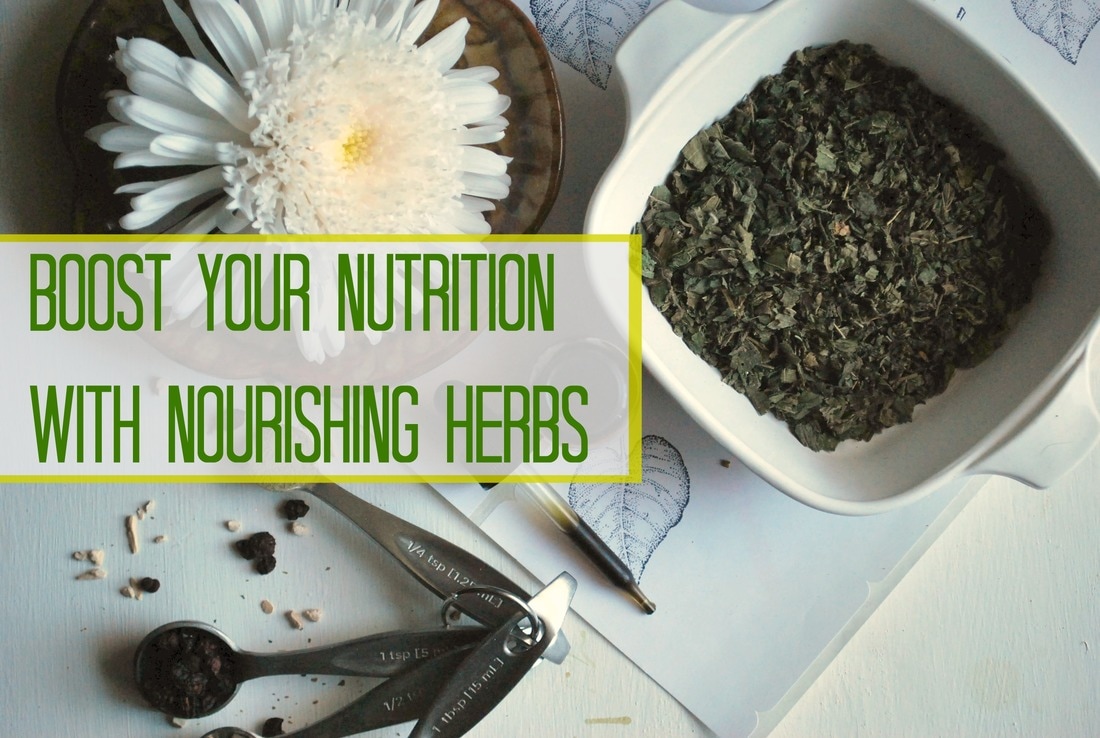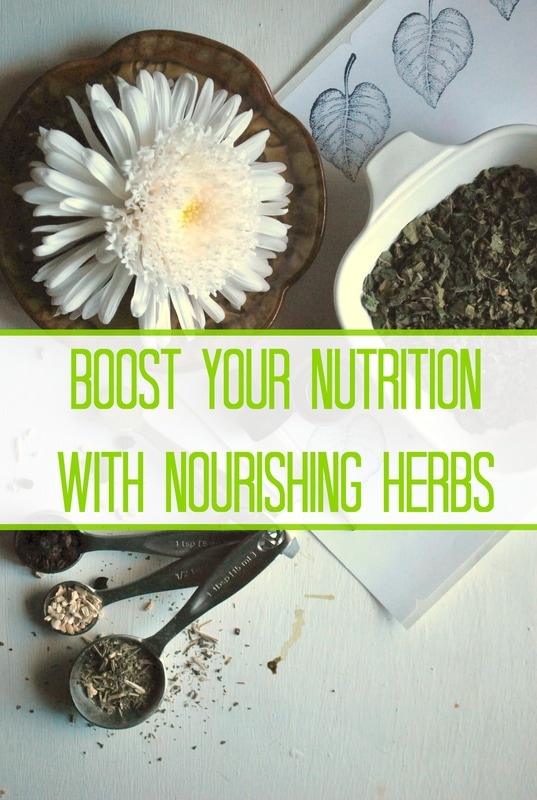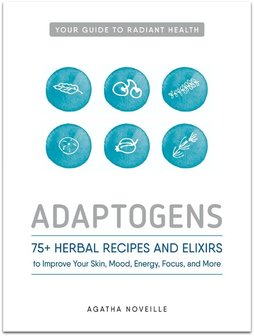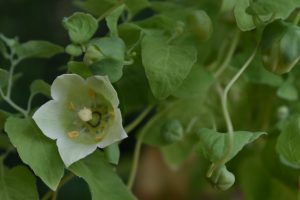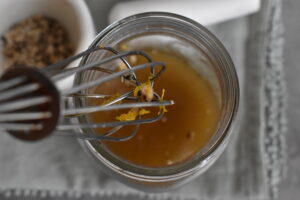Links contained in this post and elsewhere on my website may include affiliate links. When you make a purchase through these links, I earn a commission at no additional cost to you. I only link to products and services that I love - and that I think you will love, too!
Welcome to Day 17 of #40DayHerbalist Challenge! Today’s Challenge looks at ways you can benefit from a category of everyday herbs known as nourishing or nutritive herbs. Herbs that fit in this group are nutrient dense and make a great addition to your wellness routines for their vitamins and minerals. Plus, they often have more specific traditional uses as well.
Time needed: 20-30minutes
Tools and Supplies: Pens/pencils, notebook
Also known as nutritive herbs, nourishing herbs are plants that have traditionally been valued for their vitamins and minerals and food-like qualities. Herbs that fall in this category include plantain, cleavers, alfalfa, red clover, purslane, violet leaves, lamb’s quarters, burdock root, horsetail.
Nourishing herbs are some of the most weedy of herbs when it comes to their growing habits, but that’s a good thing! I usually reserve a corner of my garden for plantain, violets, chickweed, and dandelions so I can always find some when I want them.
These will often show up on their own in gardens and will grow with abandon- one reason they are so often lumped in derisively with the garden weeds category. Keep them pinched back or trimmed down to help keep things tidy if that’s a concern (just add whatever you don’t want to the compost for an extra nutrient boost for your garden, too!)
I like to keep nettles around, too – but it’s best to give them an out of the way spot if you have regular visitors to your garden. Some people are surprised by just how potent the sting of stinging nettle can be.
Who can use nourishing herbs?
Nourishing herbs are safe for most adults because they are so mild, but some of them may interact with blood thinning medications or be best avoided during pregnancy (alfalfa and red clover come to mind, respectively).
3 Ways to Use Nourishing Herbs
Most nourishing herbs can be used as teas, but some of them are also at home on the dinner table! Here are three of my favorite ways to add nourishing herbs to my daily routines.
Overnight Steeps
I was introduced to the idea of long infusions (sometimes called super infusions or nourishing infusions) via the writings of herbalist Susun Weed. It’s a way to prepare an infusion that allows the herbs to steep overnight for a very concentrated brew- so it’s perfect for highly nutritious herbs like nettle. I usually prepare an overnight steep once or twice a week as the mood strikes. You can find some of my favorite recipes here in Overnight Steeps for Vim and Vigor http://www.indieherbalist.com/journal/overnight-steeps-for-vim-and-vigor
Pesto
Pesto is one of those easily adapted recipes that you can take in so many different directions depending on which herbs and other ingredients you use. It’s very good for the milder tasting nutritive herbs, but you can usually get away with a dab of even some of the more bitter ones like dandelion too! Botanical Arts Press has a fabulous Wild Green Pesto Master Recipe with lots of suggestions to get you started. Pesto can be frozen for later, so if you make a few batches throughout the spring and summer you can enjoy it in the winter, too!
Cooked Greens
Some nutritive herbs can be used around the kitchen as a substitute for spinach or other more domesticated greens. Although it’s hard for me to give up room in recipes to anything that isn’t kale (seriously – if you can be addicted to a green, I have problems), dandelion is a great example and I do look forward to dandelion greens every year (although you may want to boil through a change of water or two to help mellow out the intensely bitter flavor). Pickled, sauteed as a side, added to omelettes. . . . if you can do it to spinach or kale you can probably try it out with at least one of the nourishing herbs. I love this roundup of 17 Ways to Use Wild Greens by Not Our Goats – it’s a great resource to get you thinking creatively about ways to use mild edible herbs like chickweed, dandelion, and violet leaves.
Your Mission
Dandelions (at Grow Forage Cook Ferment)
Chickweed (at Little Eco Footprints)
Plantain (at Gwen’s Nest)
Besides being used as wild foods or tea herbs for their vitamin and mineral content, many nourishing herbs have other uses as well, so in addition to learning what they look like you should plan to spend a few minutes researching their other uses and safety information associated with each one. I think you will be surprised by the amount of useful info you can turn up on these three herbs alone!
If you want to put your skills to the test and practice foraging for these herbs, though, I recommend that you find an experienced forager to tag along with or ask a Master Gardener through your local County Extension office to help you properly identify your finds.
More Fun!
|
But are nourishing herbs really THAT nourishing? Personally, I’m very curious about the nutrient profiles for some of the traditional nourishing herbs, but complete information on them has been a little difficult to find. However, I did manage to round up a nutrient profile for dandelion greens and one for nettles! You can see they do pack a pretty hefty punch of nutrition. |
Agatha is the author of the popular new herbal recipe book, Adaptogens: Your Guide to Radiant Health!
|
